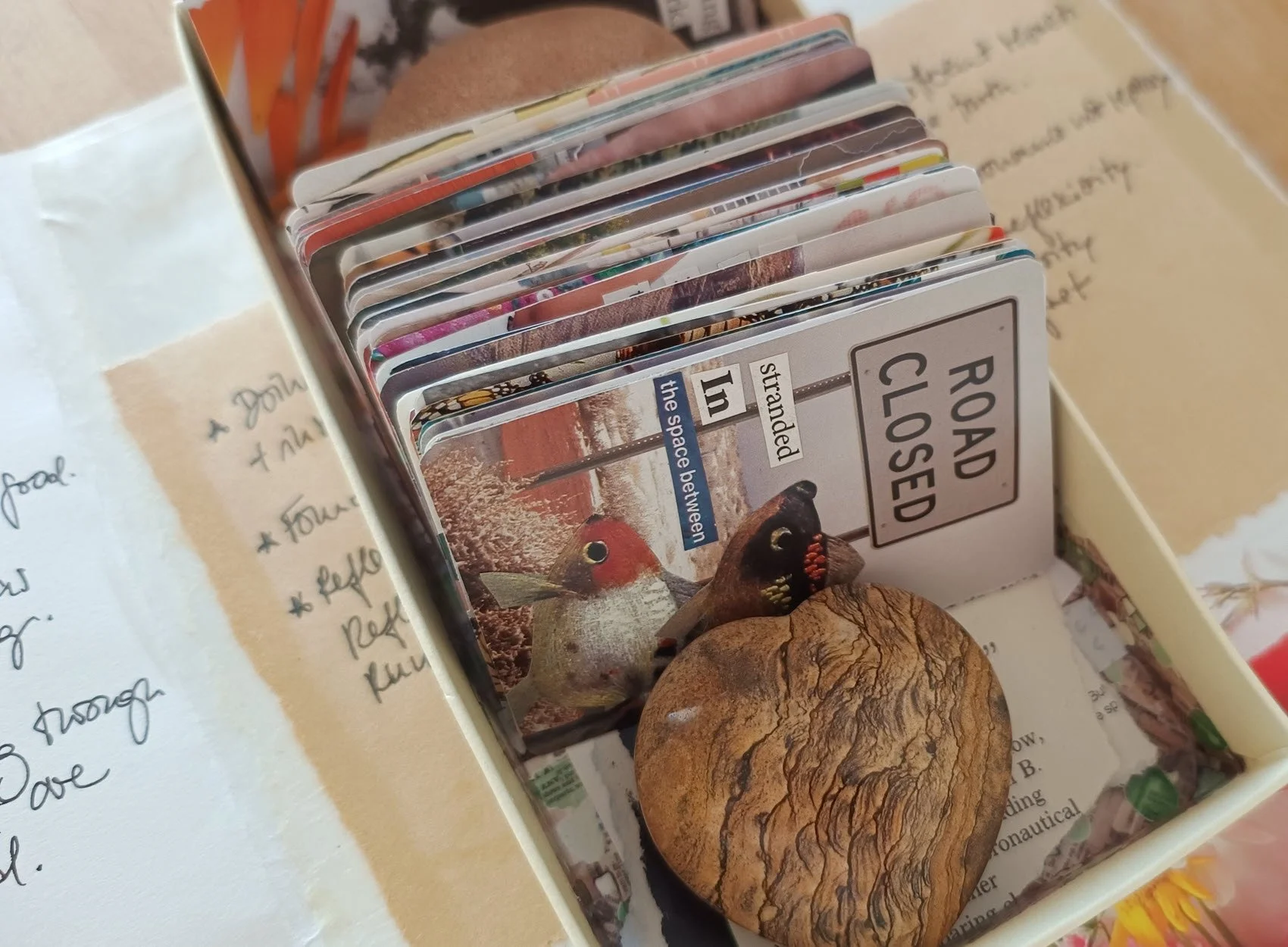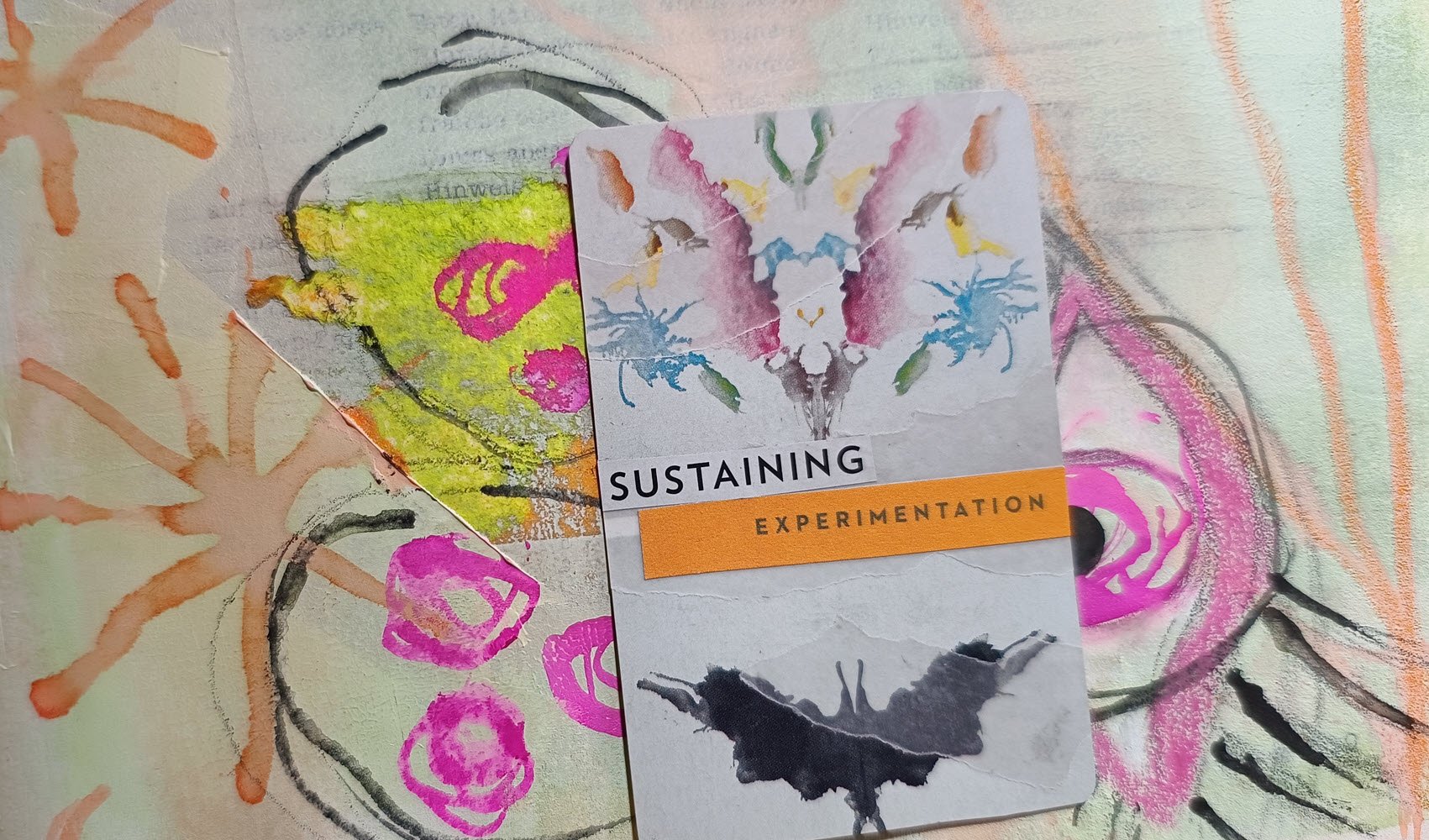How to make sense of things?
Sensemaking is a process of meaning making.
Meaning making requires us to
Be able to turn inward and notice moment-to-moment what’s arising – thoughts, feelings, physical sensations and all.
Be willing to go over past experiences with curiosity to connect the dots and find your patterns. Bringing curiosity to this task prevents us from sinking into rumination.
Take responsibility to build meaning into our lives and hold meaning as a complex experience which will ebb and flow, change depending on the context of an ever-evolving reality of what it means to be you.
John Gardner has put is so well:
“Meaning is not something you stumble across, like the answer to a riddle or the prize in a treasure hunt. Meaning is something you build into your life. You build it out of your own past, out of your affections and loyalties, out of the experience of humankind as it is passed on to you, out of your own talent and understanding, out of the things you believe in, out of the things and people you love, out of the values for which you are willing to sacrifice something. The ingredients are there. You are the only one who can put them together into that unique pattern that will be your life.”
Meaning making is a process of change.
We’ll change our relationship with ourselves and how we relate to others; we’ll make changes to how and where we invest our talents, skills, time and energy.
The big question is: What needs to happen in the brain to support change and enable us to become who we want to become?
A very helpful framework for this is this: Skill > Practice > State > Trait
When I heard about the Skill > Practice > State > Trait sequence it really helped me see the individual steps and phases we have to go through to realise change.
I couldn’t help but translate this to my small group programs Sensemaking Studio where I support folks in cultivating a reflective practice in.
In a nutshell, Sensemaking Studio is a small group program to explore, shape and cultivate your personal reflective practice.
I created this program based on
My experience of using arts-based processes in coaching
What I know about creativity and theory of change based on an understanding of our neurobiology
My own squiggly path towards a reflective practice that sustains me and is sustainable.
The program is offered in different formats. I am experimenting with year-long groups and shorter ones, which typically run over four months. I might make some of them more focused on a specific modality (like reflective writing or reflective artmaking) as well as topics (e.g. navigating transitions, exploring midlife, befriending emotions….) Down the line I can imagine some other formats, like retreats.
It’s delivered online as a combination of live sessions and self-paced video in which I introduce you to different creative invitations.
The small groups make it easier to connect and build trust. It’s also makes it possible to tailor our studio session to some extent to the needs and preferences in each group. So, no two Sensemaking Studios will be exactly the same.
It’s for anyone who’s curious whether there’s more than journal writing to explore our inner worlds, learn from our past and reflect forward into possible futures.
If you’d like to receive updates on upcoming Sensemaking Studio groups, sign up to my newsletter and get a free e-Guide to making Found Poetry!
But back to our Skill > Practice > State > Trait sequence and let’s use Sensemaking Studio as an example to bring each stage to life.
As we’re aiming to develop a reflective practice it looks like we’re hanging out at step 2 of this sequence. But ultimately, we want to be able to evoke a reflective state and become a reflective person.
We want to become someone for whom learning from past experiences through reflection has become a way of growing and evolving.
We want to become someone who finds it easy to notice what’s going on in the present moment and learn from it ‘on the go’.
We want to become someone who reflects forward to expand their repertoire of imaginable options and possible futures.
Step 1: Skill
In this beginning stage of change we get introduced to a brand-new thing and are given context, explanation, and practical or technical information on ‘how to’.
When it comes to developing a reflective practice, each person already brings a lot of skills. There are journaling skills, some arts-based techniques people are familiar with, helpful prompts they have in their repertoire, moving and checking in with the body – just to name a few.
Based on this rich foundation, we explore a few new skills:
Specific techniques, like found poetry.
Ways of starting our reflection through different access points.
Thinking Routines.
Using all our senses as part of reflection.
Step 2: Practice
Research tells us that practicing a new skill three times a day over a 3-week period is needed to build a new neural network.
Somehow, this is always the hard part!
It’s hard because most of us live busy lives. We have to re-negotiate the time and space for our practice and protect it against competing needs and external pressures.
It’s hard because we come up against conditioning of how we should spend our time and what is worthy work. Work we get paid for? Work that achieves a visible outcome, whether that’s a well-crafted email, a brilliant innovation or a clean bathroom? Work that serves or supports others?
It’s hard because it can get boring. Doing a thing three times a day could quickly feel stale.
What helps in the practice stage:
Identify the smallest amount of time that makes doing this thing three times a day practical. If five minutes of turning inward or engaging mindfully with your experience is enough, would this be possible three times a day?
What if you could combine the practice with something else? So maybe one of your three-a-day happens when you brush your teeth, walk the dog or have a cup of tea.
And maybe, when it comes to a reflective practice, we give ourselves a little longer than three weeks.
The 3x3 seems quite applicable if I take just one skill, one element of a reflective practice.
If I made 3 found poems a day for three weeks, I will have nailed that process. I’ll know how to start. I’ll have a sense of how much time I need, and all the materials will be in one place; I can now call upon this process at any time.
This well-practiced skill has now moved into the third stage: state.
Step 3: State
State means we can re-access our learned skill again and again.
In the context of reflection, we’d have a toolkit that allows us to access a reflective state when desired or needed. We’d be able to flexibly choose the most supportive tool depending on the context we’re in.
Step 4: Trait
We now have a permanent network in the brain around reflective practice. We have become a reflective person who uses an array of reflective modalities as they go through life.
We might have cherished rituals or very habitual practices. We need less and less willpower to do it; it simply happens. In fact, we might begin to miss it when we’re not doing it.
It comes with greater ease, less effort and significant rewards.
As I believe in reflective practices as evolving concepts, new skills will enter. They’ll go through their own sequence of learning and practicing and then they’ll get woven into our overall practice and reflective way of being.
Sensemaking Studio is a place where people can courageously dive into learning new skills and then practice strengthening their confidence in using them and becoming a reflective person.
We’ll naturally be working through Step 1 and 2 of this sequence. All participants in the studio have plenty of time and invitations to practice in-between our live sessions. There, they’ll explore their own pace and rhythm, they shape their ideal reflective toolkit and dip a toe into the stages of state and trait.
Join me in one of my Sensemaking Studio programs - each program is a 4-month reflective practice with a small group of like-minded Sense Makers.
In each Studio group, we’ll focus on a specific modality, theme or framework to shape and cultivate a personal and sustainable reflective practice.
For 2025, I have currently two options, one focusing on meaning and the other on creative reflections.
Find out more… here:
If you are curious about a reflective practice that goes beyond journaling, sign up to my newsletter to get a free e-Guide on Found Poetry.
Making found poems is one of my go-to processes in my own reflective practice. You’ll also get updates on upcoming Sensemaking Studio groups!



